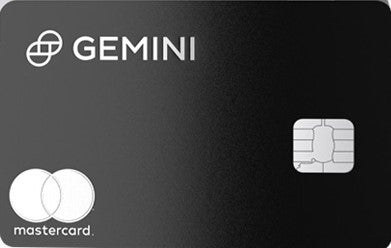Jessica Merritt
Jessica Merritt
Senior Editor & Content Contributor
267 Published Articles 970 Edited Articles
Countries Visited: 4U.S. States Visited: 23
A long-time points and miles student, Jessica is the former Personal Finance Managing Editor at U.S. News and World Report and is passionate about helping consumers fund their travels for as little ca...
Edited by: Nick Ellis
Nick Ellis
Senior Editor & Content Contributor
459 Published Articles 1242 Edited Articles
Countries Visited: 35U.S. States Visited: 25
Nick’s passion for points began as a hobby and became a career. He worked for over 5 years at The Points Guy and has contributed to Business Insider and CNN. He has 14 credit cards and continues to le...
& Keri Stooksbury
Keri Stooksbury
Editor-in-Chief
109 Published Articles 3824 Edited Articles
Countries Visited: 54U.S. States Visited: 28
Editing with Upgraded Points for over 6 years, as editor-in-chief, Keri manages the editorial calendar and oversees the efforts of the editing team and over 20 content contributors, reviewing thousand...
![What Are Interchange Rates? [And 10 Ways To Reduce Them]](https://upgradedpoints.com/wp-content/uploads/2020/10/Credit-card-transaction.jpg?auto=webp&disable=upscale&width=1200)





![Cities With the Highest Rates of Credit Card Fraud [2023 Data Study]](https://upgradedpoints.com/wp-content/uploads/2021/07/Upset-man-holding-credit-card.jpeg?auto=webp&disable=upscale&width=1200)